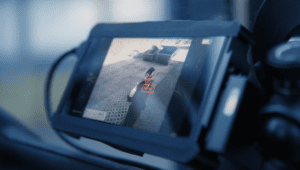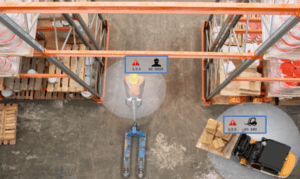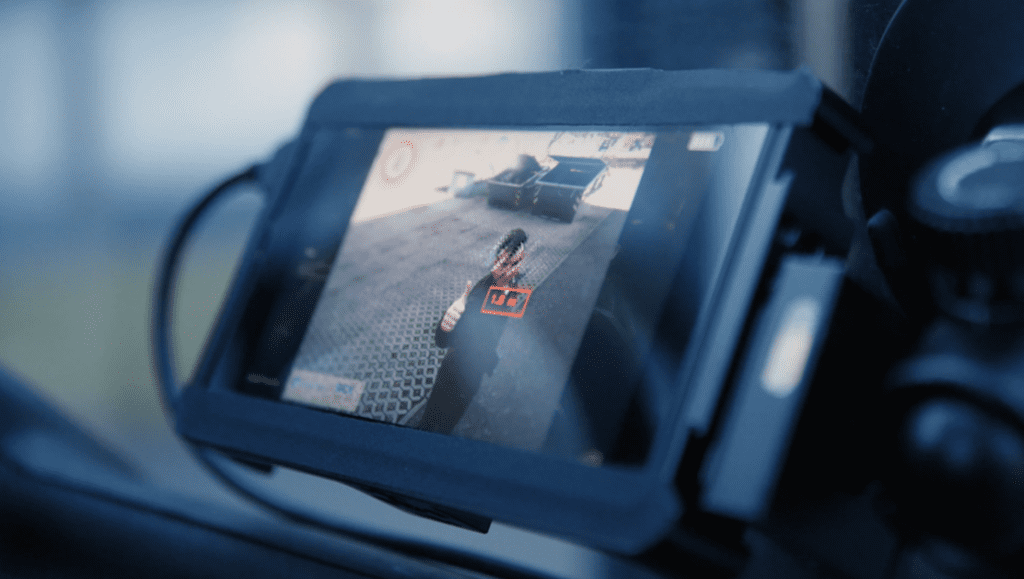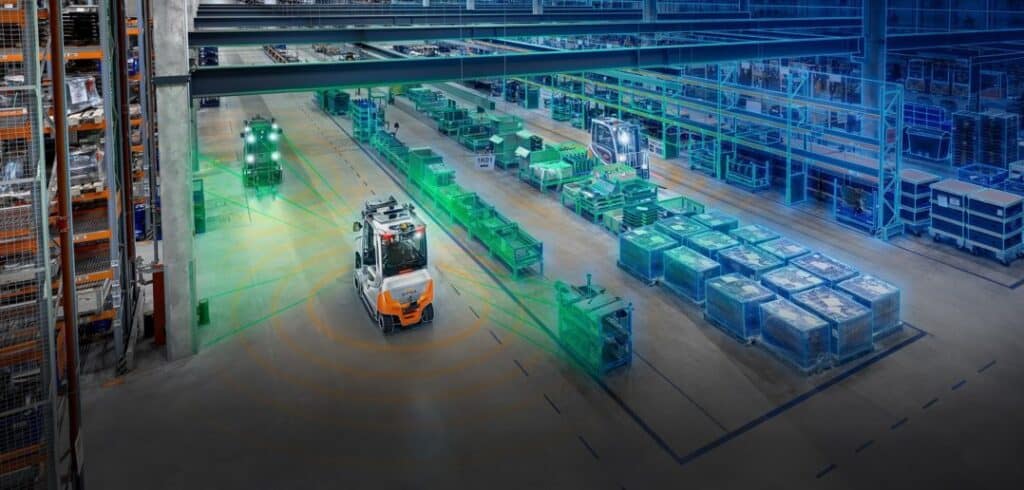
Redefining Safety in Light of Human-Machine Interaction
About Mantis
Mantis was developed to eradicate unjustifiable accidents in logistics, transportation, agriculture and manufacturing and others. Leveraging Vision AI and machine learning, Mantis realtime detection of pedestrians and obstacles can be used to warn drivers, control vehicles and avoid an imminent danger of collision.
Why Mantis
Pedestrian collisions shouldn’t be accepted as inevitable because they are, in fact, both predictable and preventable. As current solutions are error-prone and inadequate with performance typically deteriorating due to various environmental scenarios and lighting conditions, Mantis was developed and successfully benchmarked against peer products in the market.
Unique Edge
Whether mounted on forklifts or mobile machineries, installed as part of factories infrastructures or deployed on train-stations platforms, Mantis works to minimize the risk for potential accidents by detecting and predicting collisions before they happen. With Mantis, there are no more false alarms, no room for errors and no more excuses for fatal accidents.
Mantis for Industrial Facilities

Mantis at Work
Deployment Scenarios
1) Mounted on forklifts or mobile machineries (Top)
2) Installed as part of factories infrastructures (Bottom-Left)
3) Deployed on train-stations platforms (Bottom-Right)
Mantis in Words
Unique Features
- Detects the presence and proximity of nearby pedestrians and obstacles
- Detectable objects include bicycles, forklifts, stop signs and pedestrians signs
- Trained for performance under various indoor and outdoor conditions.
- Performance is near 100% accuracy, with no falso alarms.
- Low latency for real-time performance and operation.
- Localization range that extends beyond 12m under normal conditions
- Integrates with 3D stereo cameras provides accurate depth data
- Auto-saving of incidents recordings enabled for close calls analysis
- Easily configurable from a user-friendly GUI interface.
- Zero calibration requirement.
- Elevates the safety level during noisy and chaotic operation common in manufacturing, warehousing, mining, shipping and logistic facilities.
- Built in collaboration with industry leaders and safety experts transferring pain-points into solution characteristics.
- Flexible and scalable to allow for edge-based on-vehicle deployment or as a standalone centralized unit.
- Incidents reporting and analytics for operational risk management.
Mantis IV : VEHICLE-BASED COLLISION AVOIDANCE

SOLUTION HILIGHTS
A unique state-of-the-art solution bundle that leverages AI deep-learning and AI-accelerated GPU for accurate detection, classification and localization of pedestrians and other objects.
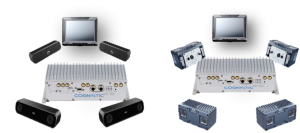
Mountable on industrial machineries, it’s composed of an ICU (Industrial Computing Unit), stereovision 3D camera and an industrial monitor, all designed for harsh environments of extreme conditions.
CHALLENGES ADDRESSED WITH MANTIS
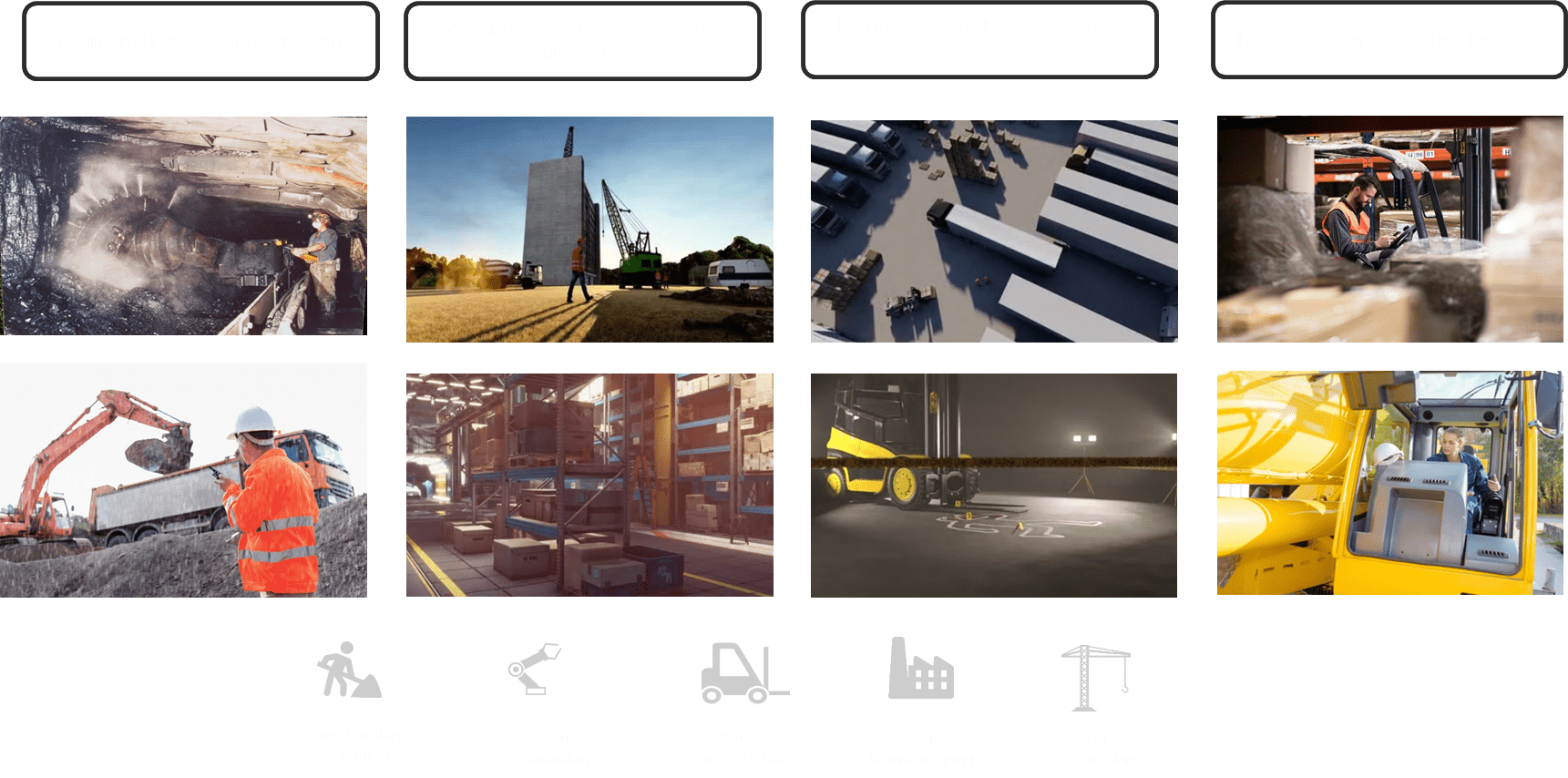
OCCUPATIONAL SAFETY AND HEALTH ADMINISTRATION (OSHA) STATISTICS:
- Around 90 workers are killed, and around 20,000 are injured in industrial vehicles accidents each year.
- The average direct cost to a company is $38,000 and $150,000 in indirect costs.
- An OSHA fine costs up to $7,000 for “minor” infractions, up to $70K for repeat offenders.
- Forklifts are amongst the top 10 areas in which OSHA issues citations
SOLUTION HILIGHTS
Mantis-IX (for Infrastructure) combines collision risk analytics and prediction to ensure safety and efficiency through a proactive approach that allows for preventive, and preemptive measures to be taken in advance, minimizing thereby the risk of accidents and optimizing system performance.
By analyzing movement data, such as object velocities, trajectories, and environmental factors, collision risk can be quantified, predicted and prevented.
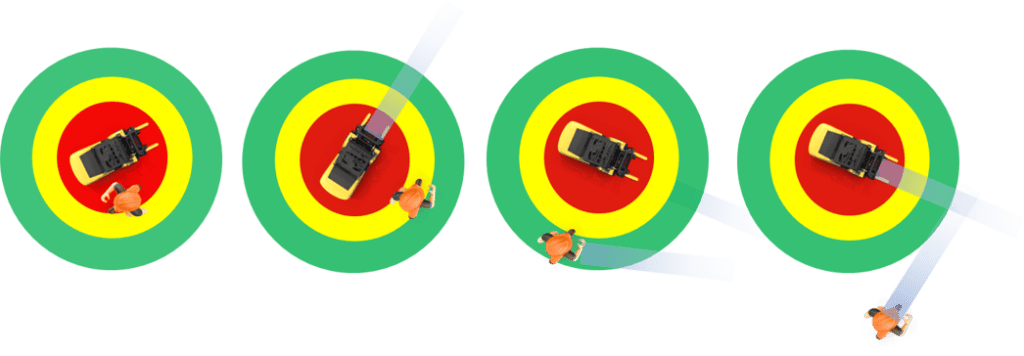
Furthermore, Mantis IX provides a comprehensive view of the environment and a contextualized understanding of the likelihood of potential accidents based on previous near-miss patterns and other extracted data. Moreover, with micro-locations intelligence, operators can identify blind spots scenarios previously unknown.



